City of the Kings - Veliko Tarnovo
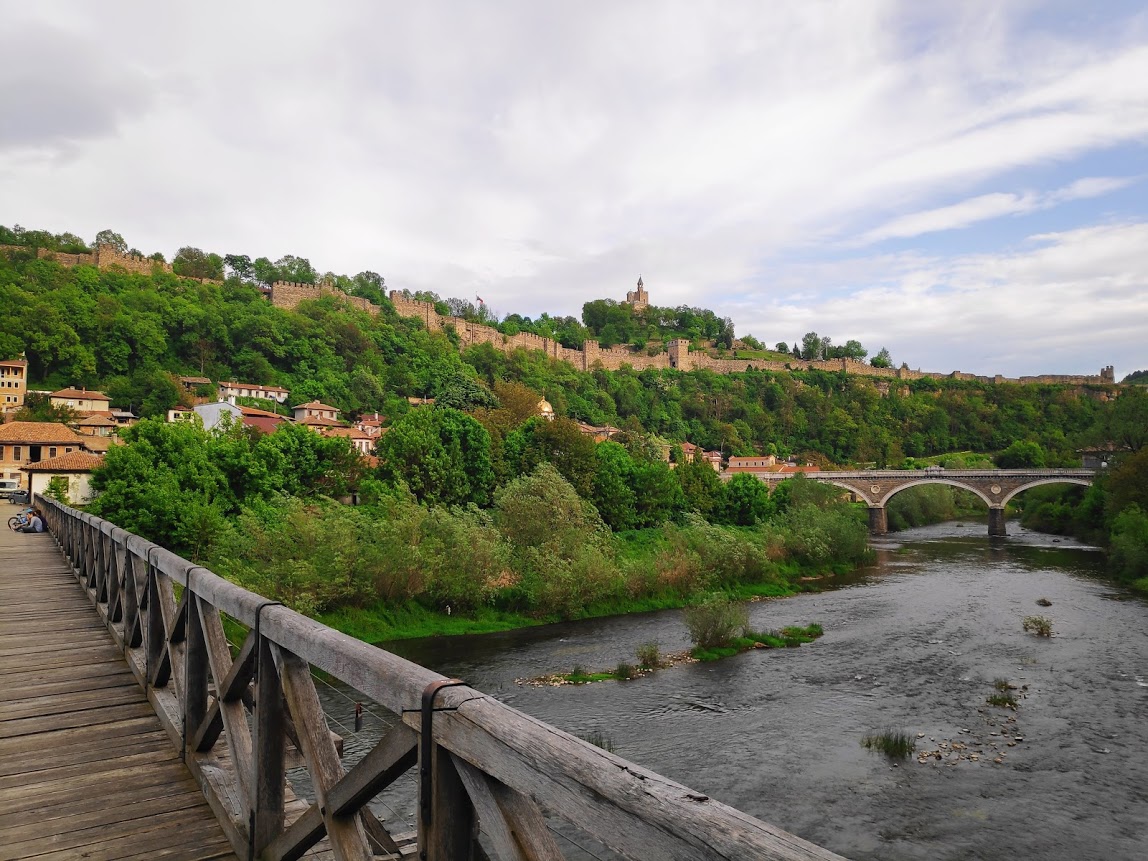
Bulgaria's old capital and the site of great historical battles occupies a dramatic hillside location with the Yantra river, winding through it . The whole town is postcard pretty in any season, spring and autumn are the best for highseeing. Veliko Tarnovo is also one of the country's hottest places in the summer and one of the coldest in the winter. The city was built on three hills: Tsarevets, Trapezitsa and Sveta Gora. Besides Tsarevets fortress, it also contains Ortodox churches, museums and a charming old town paved with cobblestones. Below you can see what are the best things to do in Veliko Tarnovo.
The City has been inhabited since the 3rd millenium B.C. , remains having been found on the now overgrown Trapezitsa hill. Thracian tribes lived on Tsarevets hill in the Bronze and Iron ages but the Romans preffered nearby Nicopolis and Istrum with it's hot springs. The town's golden age came with the declaration of indepence from the Byzantine empire in 1185 by the locals.
Tsarevets fortress, one of the many Bulgarian castles. It was built on the top of one of the three hills of Veliko Tarnovo and served as home to many of the kings over the centuries. From 1185 to 1393, it was the main seat of power in Bulgaria and was home to the royal palace. The forthress is surrounder with 3000 feet of stone walls, some of which have a thickness of over 11 feet and height of 36 feet. Once past the main gate, it is easy to navigate the fortress on foot. The Visitors are essentially free to walk anywhere and climb anything they like. On the top of the hill you could see dramatic murals in the Church of the Ascension. Below the church, on a lower level, you will see Baldwin Tower. Legend is that this is where Count Baldwin of Flanders was imprisoned by Tsar Kaloyan in 1205.
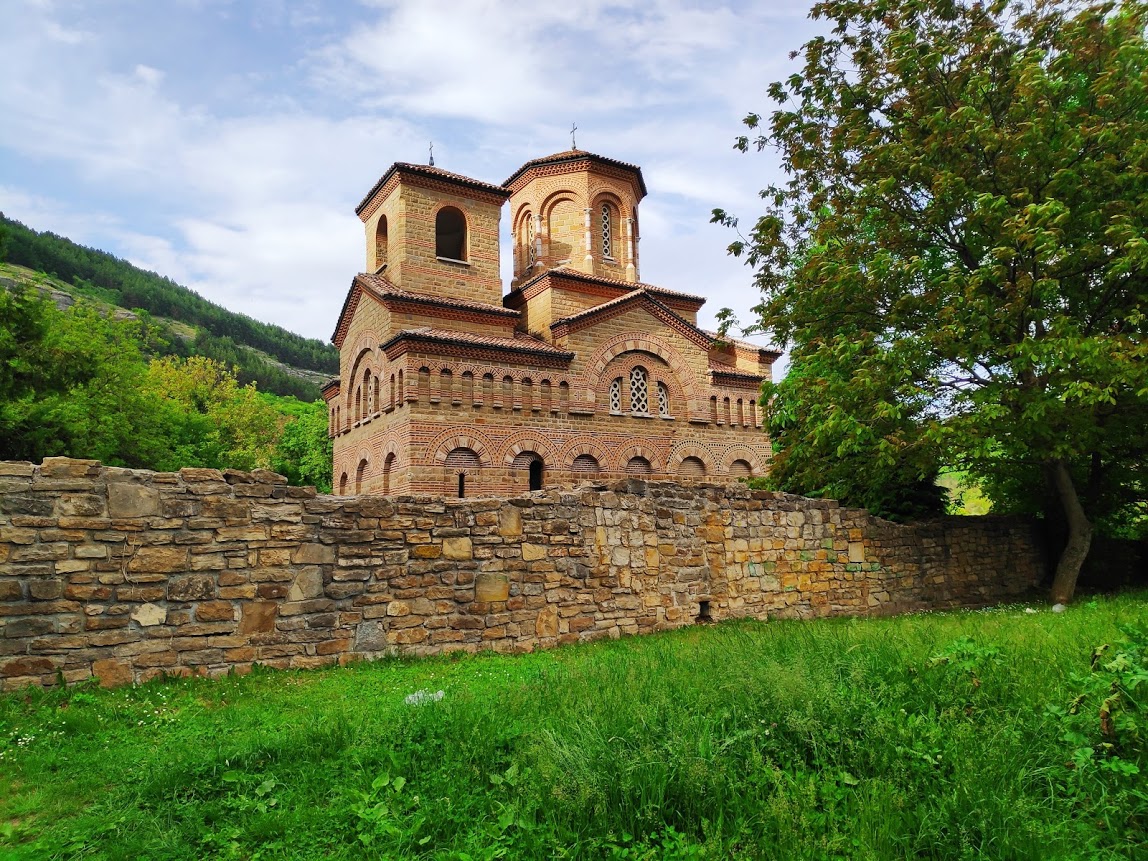
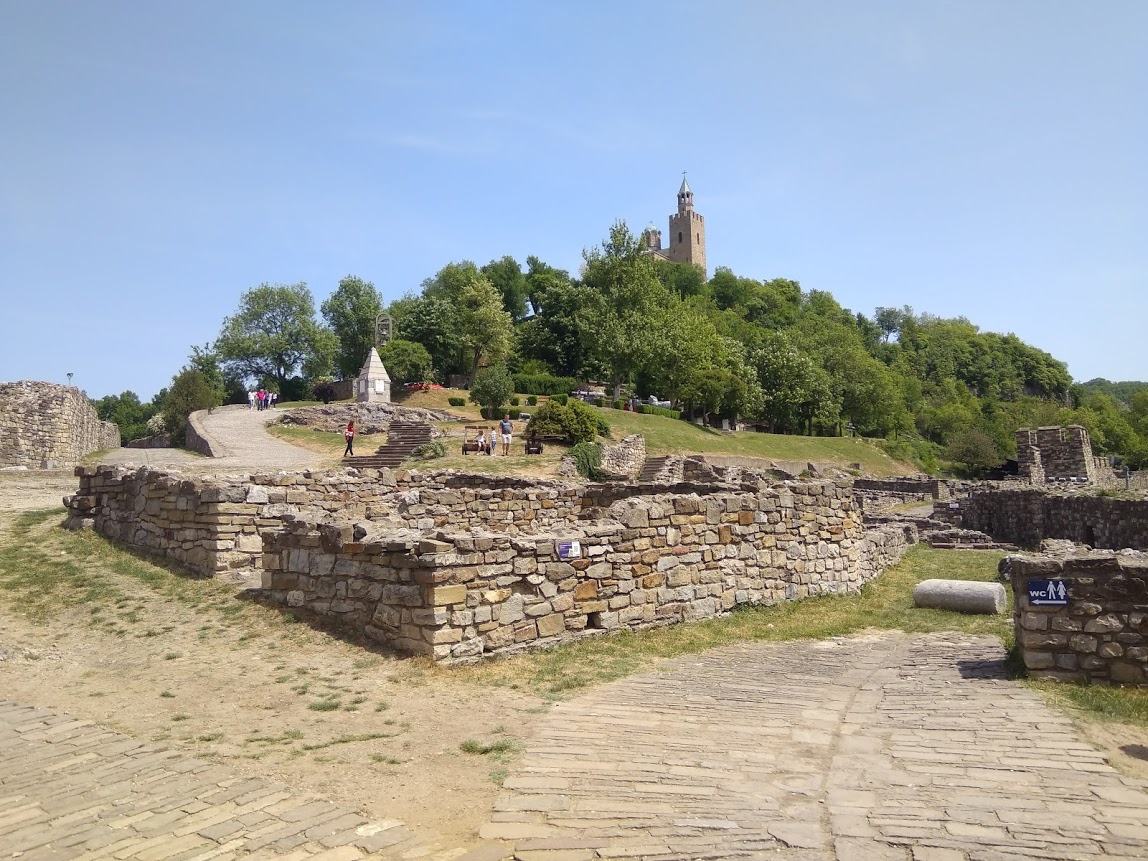
Patriarchal Cathedral of the Holy Ascension of God is located on the top of the Tsarevets fortress. It's one of the strangest churches, with extremely unusual religious artwork inside. The Church is very traditional, made in the Byzantine style with a stone exterior. The interior used to be incredibly ornate, with floor mosaics of multi-colored marble and gemstones like sapphire. The walls were covered in more traditional Orthodox frescos. Because of the strange murals, the church has never been re-consecrated and is no longer in use today, except by curious tourists.
The Hadji Nikolin Museum Art Gallery is built into the last original inn in Veliko Tarnovo. The city used to be packed with inns due to it's location on the merchant trading road through the Ottoman Empire, but only one remains. This one has a lovely garden with flowers and a restaurant as well. On the second and third floors there is a small gallery with works by local Bulgarian artists. It is a beautiful example of Bulgarian Revival architecture and it's the only surviving inn from that period.
The Archaeological Museum covers the region's history from prehistoric times throung the Middle Ages. The unquestionable highlight of the museum is one of the oldest gold treasures in the world dating back to the forth Millenium B.C. This treausre predates Egyptian and Sumerian civilizations.
The Assens Monument can be seen from almost everywhere in the city. Nicknamed the '' The Horseman statue '' , it features the Bulgarian (Kings) Tsars - Ivan-Assen, Kaloyan, Assen, Theodor-Petar. The statue which was erected exactly 800 years after the city was appointed capital of The Second Bulgarian Empire. The steps leading up to the monument are frequently occupied by local art students using the nature as inspiration for their work. From the monument you will enjoy beautiful views of the old town. The monument can be reached on foot via The Stambolov Bridge.
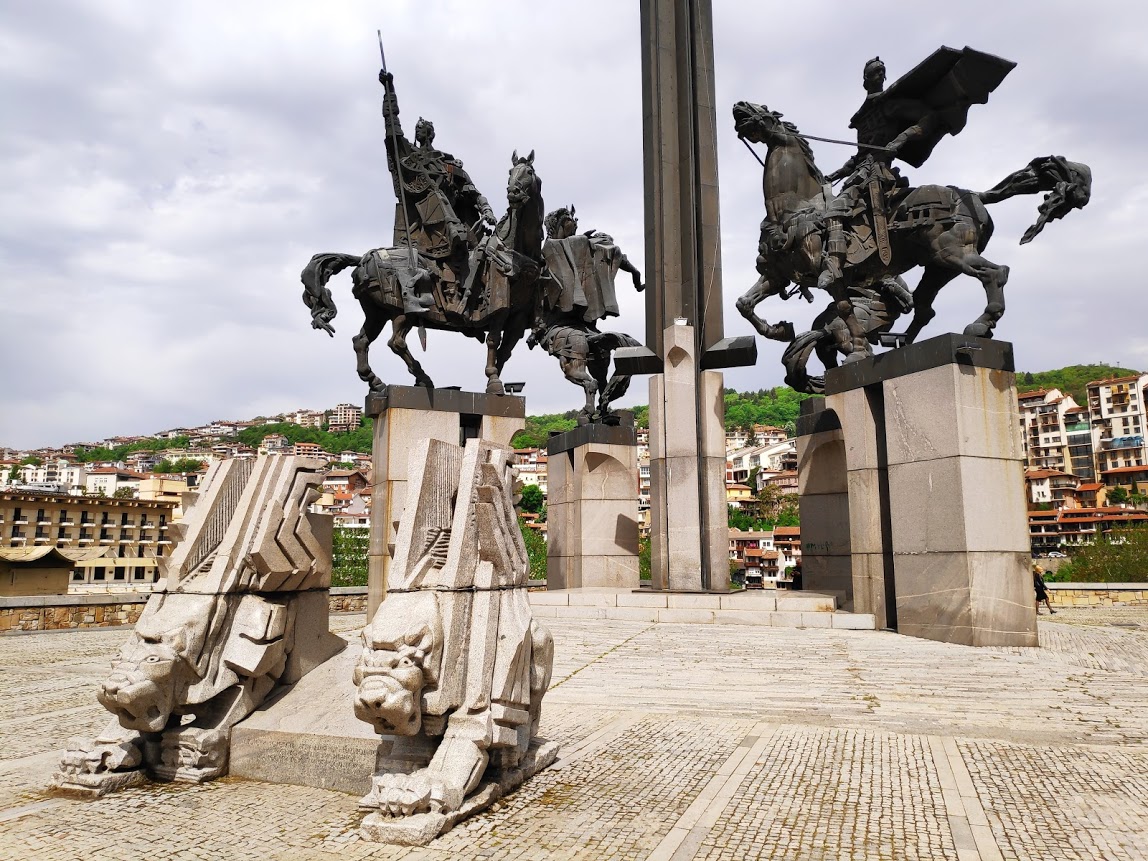
The Stambolov Bridge is the beautiful bridge that spans the Yantra River, bringing you to a beautiful viewpoint where you can snap the iconic hillside photos of Veliko Tarnovo you have seen in virtually every Instagram photo of the City or Every Blog. Built in 1892 the bridge is made of steel and concrete and was one of the first steel bridges to be built in the Balkans.
Veliko Tarnovo has a lot of interesting Street Art throughtout the Old Town, and it is deffinitely worth getting lost on the streets. The brown large, full-size mural is something you can't miss walking down Stefan Stambolov. The style is particular to Bulgaria and you will find it in several cities around the country. You can also get orriented with A Free Walking Tour, which covers the old town, so you will learn about the unique architectural style that marks Veliko Tarnovo, important monuments and landmarks, also plenty of interesting historical facts about the city.
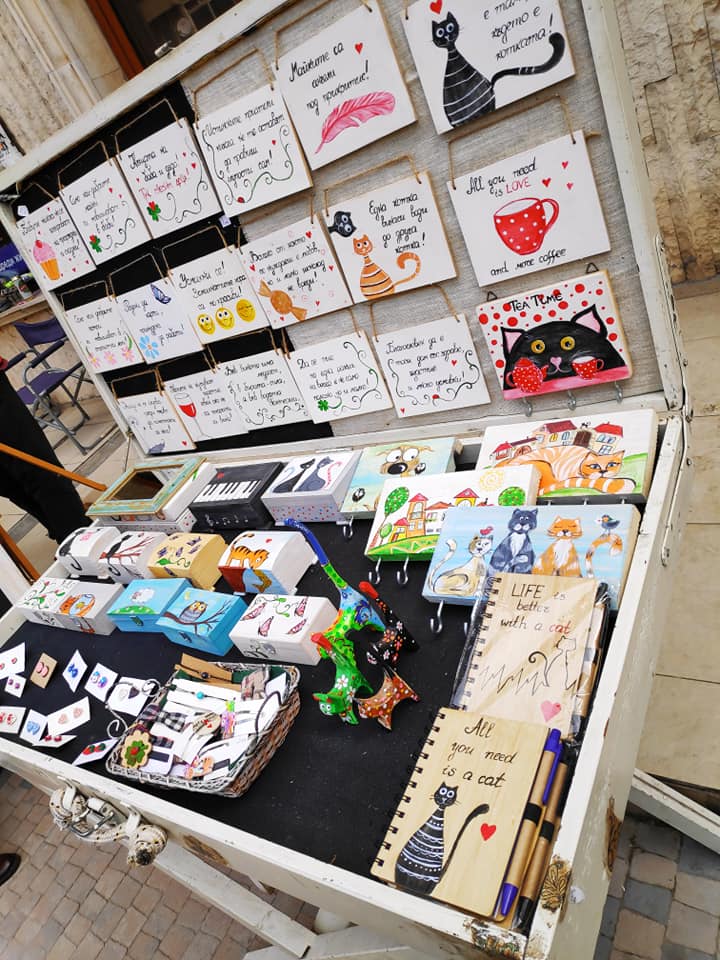
The Holy 40 Marthyrs Church is about twenty minute walk from the old town. The Church was erected in 1230 to commemerate an important victory over the Byzantines. It was also the location from which Prince Ferdinand I proclaimedthe independence of Bulgaria from the Ottoman Empire on 22th September 1908. The Church was badly damaged in an earthquake in 1913, but was restored in resent years. The Church stores important historical records and the remains of several Kings, including Ivan-Assen I and his wife Anna-Maria, Kaloyan and etc.
The Laser Light Show is one of the most popular things to do in Veliko Tarnovo. You can get a great view and watch it for free on the steps of the Orthodox Church. It only runs on Holidays but that's actually still surprisingly ofter throughout the Year.
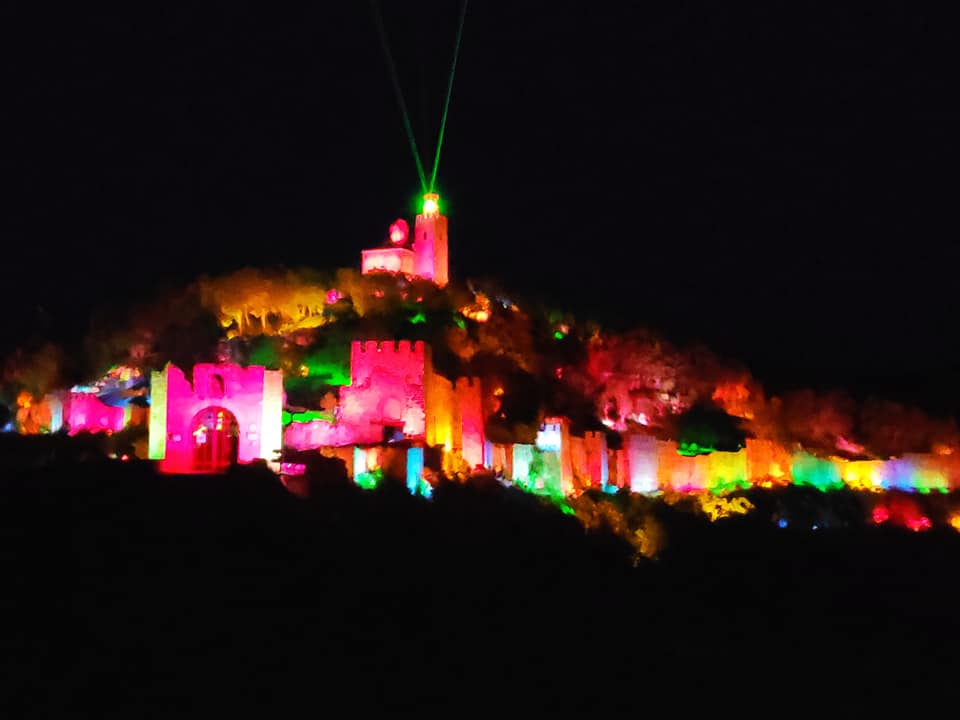
Book a private trip to Veliko Tarnovo - The City of the Kings. It doesn't matter the city you want to depart - Sofia, Plovdiv, Varna, Burgas, etc... We can arrange your one-day trip to this destination and many other in Bulgaria. If you choose our services you can be sure that you will have English-speaking driver, clean and air-conditioned car, which would make your vacation more pleasant and comfortable.





